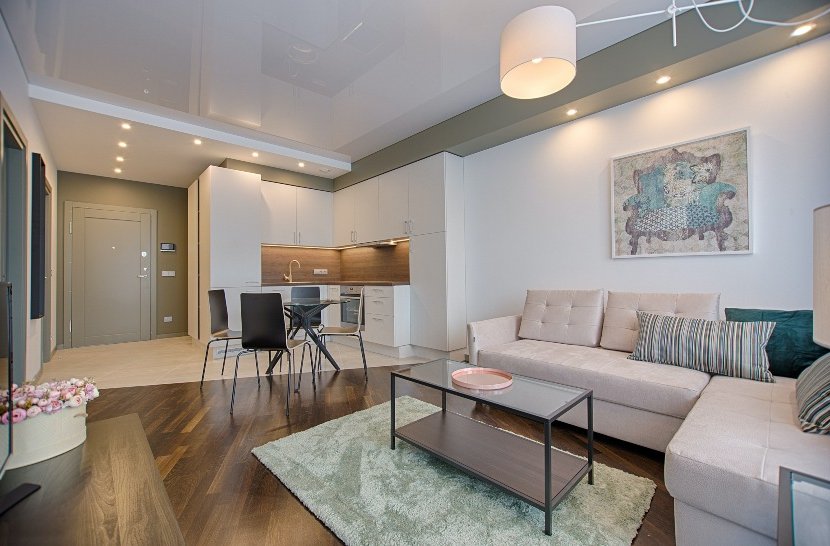Tricks to decorate a low floor and enhance the light
Among the many resources we can use to give interiors a unique personality, light is one of the most versatile. However, not all properties have the same luminosity and lower levels often suffer from a certain lack of it. Nevertheless, it is possible to decorate a low floor and improve this condition by putting into practice some recommendations from the experts.

There are many ways to decorate a first floor apartment to enhance the light but, undoubtedly, a good distribution, a successful use of color or betting on the less is more, are key to the success of the task.
To begin with, the connections to the outside must be taken into account. The windows are the first stop to calibrate the level of darkness or brightness of your home. From there, it will be more or less correct to opt for some or other issues. In any case, there are general tricks that will significantly improve the amount of light that bathes your interiors.

Connecting environments or, what is the same, betting on spatial integration has become a common practice. Far from being limited to small apartments where the aim is to maximize spatial perception, the elimination of walls is key to enhance luminosity.
The absence of physical limits favors the visual connection of the scenarios, in addition to improving the circulation of light allowing the light that bathes the living room or dining room to reach, for example, to the kitchen and vice versa. Along the same lines, if you don't want to be so radical, you can always start by trying to remove the doors. It is enough to remove them from their hinges to see that their presence can be a handicap for the brightness of the rooms.

Decorating a first floor apartment, in any case, is a task that is not too far from doing the same in a property with higher floors. However, for the purposes of luminosity, the truth is that the latter receive more light from the outside. Therefore, another good way to enhance it in lower levels is by choosing the right materials.

Integrating spaces is a common formula to enhance light when decorating a first floor apartment, although there are alternatives such as the use of movable walls or materials that allow its circulation.
Without going as far as eliminating walls, there are different alternatives that will guarantee the privacy of the rooms without reducing luminosity. The movable partitions or glass walls are a good example. Although you can also opt for doors with glass panels and even brick pavés as an alternative to delimit your spaces.

Together with the materials, the chromatic palette can become a great ally. Unlike dark tones, light colors have the ability to maximize luminosity. So much so that white tends to dominate in apartments with little light or small apartments in which, in addition to improving this issue, it seeks to convey a greater sense of visual spaciousness.
The same is true of mirrors. They not only multiply the light of the environments. Properly placed, they can be key to improve spatial perception by playing with perspective.

As you have seen, the key to decorate a low floor and enhance the light is to promote its free circulation. That is why you should avoid, as far as possible, covering with furniture any connection with the outside. If you have to place sofas or cabinets next to the window, make sure they are low and, whenever possible, avoid it. If you want to guarantee some privacy, you can use curtains and other textiles, although it is better if they are vaporous.

Practicing minimalism will also be of great help if you plan to provide your first floor with a decoration that enhances light. The more objects you have in a room, the more obstacles the light will find to reach every corner. That said, nothing like putting into practice the maxim of less is more to multiply the brightness of your environments.

But if natural light resists your interiors, do not despair. A good lighting project will help you compensate for its absence. Opt for efficient solutions, include different points of light and play to create different environments. The results, even if it is an interior apartment, will surprise you!




